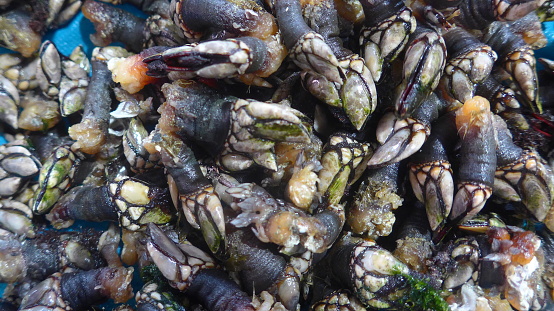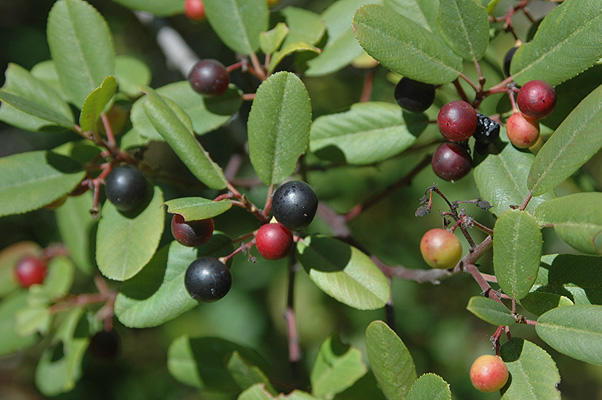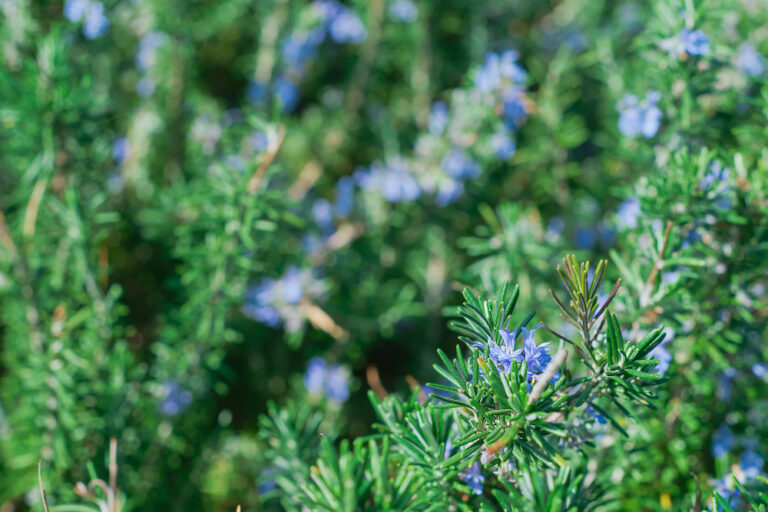The Fascinating History and Harvesting of Percebes
Have you ever heard of the mysterious and mouth-watering delicacy known as Percebes ? These peculiar crustaceans, also called goose barnacles, have a fascinating history that dates back centuries. Join us on a journey to uncover the biology, harvesting methods, culinary delights, and global presence of Percebes . Get ready to dive into the world of these unique seafood treasures!
Biology of Goose Barnacles
Goose barnacles, scientifically known as Pollicipes pollicipes, are peculiar crustaceans that dwell along rocky coastlines in the Atlantic Ocean. These filter-feeding creatures attach themselves to rocks or even drifting debris using a stalk-like structure called a peduncle. With their cone-shaped shells made of calcium carbonate plates, percebes have a distinctive appearance resembling small dinosaur claws.
Despite their appearance, goose barnacles are not actually shellfish but rather crustaceans closely related to crabs and lobsters. They feed by extending feathery appendages called cirri into the water to capture plankton and other microscopic organisms for sustenance. Percebes thrive in rough coastal waters with strong currents where they can obtain ample food supply.
Interestingly, percebes have an exceptional adaptation mechanism that allows them to survive in harsh environmental conditions. Their ability to withstand pounding waves and exposure during low tide demonstrates their resilience and remarkable biological characteristics. The next time you enjoy these delectable seafood treats, remember the intricate biology behind these fascinating creatures!
Harvesting Percebes
Percebes, also known as goose barnacles, are not your average seafood delicacy. Harvesting these prized crustaceans is a challenging and perilous task that requires skill and bravery.
In coastal regions like Galicia, Spain, where percebes thrive on rocky cliffs pounded by the relentless waves of the Atlantic Ocean, harvesters risk life and limb to gather these coveted shellfish. Scaling jagged rocks while battling treacherous tides is all part of the job for those brave enough to seek out this elusive delicacy.
The harvesting process involves carefully prying the percebes from the rocks using specialized tools to avoid damaging their delicate structures. It’s a labor-intensive process that demands precision and experience to ensure a successful harvest without endangering both the harvester and the fragile ecosystem they rely on.
Despite the dangers involved, the reward is well worth it for those who appreciate the unique taste and texture of percebes. The meticulous effort put into harvesting these briny morsels only adds to their allure as a sought-after culinary delight enjoyed by food enthusiasts around the world.
Percebes as a Delicacy
When it comes to seafood delicacies, few can rival the unique and exquisite taste of percebes. These peculiar creatures, also known as goose barnacles, are a prized culinary treasure along coastal regions. Their appearance alone is intriguing – resembling miniature dinosaur claws attached to rocks by the sea.
Despite their humble origins clinging to rocky shores, percebes have become a delicacy sought after by food enthusiasts worldwide. The harvesting process is no easy feat; brave fishermen risk life and limb scaling treacherous cliffs to gather these precious morsels from the pounding waves below.
Once harvested, percebes are typically steamed or boiled briefly before being served simply with a sprinkle of salt. The flavor is often described as briny and sweet, with a texture similar to tender shellfish like lobster or crab.
For those lucky enough to try them, percebes offer an unforgettable gastronomic experience that tantalizes the taste buds and leaves a lasting impression.
Where to Find and Try Percebes
Curious about where to embark on a culinary adventure with percebes, also known as goose barnacles? These prized delicacies can be found along the rugged coastlines of Portugal and Spain, clinging to rocks pounded by the Atlantic waves.
Venture out to coastal villages like Galicia in Spain or Algarve in Portugal, where local fishermen risk life and limb to harvest these elusive treasures. Don’t be surprised if you see them perched precariously on cliffs or braving rough seas – that’s just part of the allure.
For those seeking a taste of this unique seafood sensation, head to traditional seafood markets or upscale restaurants specializing in fresh catch. Be prepared for a sensory journey as you indulge in the sweet and briny flavor of percebes, perfectly paired with a glass of crisp white wine.
Whether you’re an adventurous foodie looking for your next gastronomic thrill or simply curious about trying something new, sampling percebes promises an unforgettable experience that tantalizes both the palate and imagination.
Percebes in Different Cuisines
Percebes, also known as goose barnacles, have made their mark in various cuisines around the world. In Spain, these delicacies are often enjoyed simply steamed or boiled to highlight their natural briny flavor. The Portuguese like to pair percebes with garlic and butter for a rich and savory twist.
In Japan, chefs incorporate percebes into sushi dishes for a unique texture and taste experience. These sea creatures are sometimes added to seafood stews or served alongside fresh oysters for a luxurious touch.
In South Korea, percebes are pickled or used in soups to add depth of flavor. Each cuisine brings its own flair to preparing and serving this prized seafood delicacy. Whether you prefer them lightly cooked or raw, there’s no shortage of culinary creativity when it comes to incorporating percebes into different global dishes.
The versatility of percebes allows them to shine in various cuisines worldwide, showcasing the diverse ways they can be enjoyed by food enthusiasts everywhere.
Conclusion
Percebes, also known as goose barnacles, have a fascinating history and harvesting process that adds to their allure as a prized delicacy. From the rugged coastlines where they cling to rocks to the skilled harvesters who brave the treacherous waters to gather them, percebes are truly a unique culinary experience.
Whether you’re intrigued by their biology, eager to taste their briny sweetness, or curious about how different cultures prepare them in various dishes, Percebe’s offer a one-of-a-kind gastronomic adventure. So next time you have the opportunity to try these delectable crustaceans, don’t hesitate – it’s an experience you won’t soon forget!







